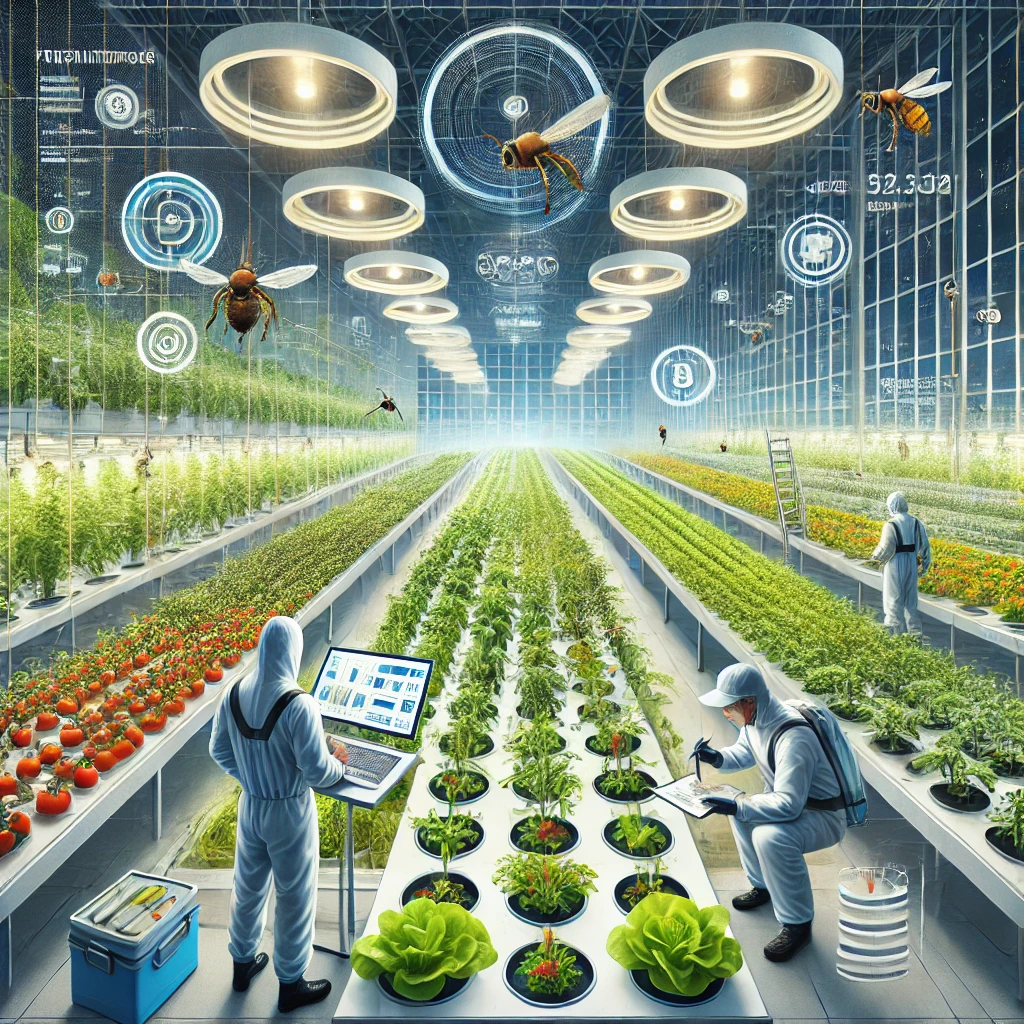Introduction to Indoor Pest Control
Pest control in indoor crops and closed environments presents unique challenges. Unlike outdoor agriculture, indoor settings require specialized techniques to manage pests effectively while protecting delicate crops. This essay explores various pest control techniques tailored for indoor and closed environments, emphasizing specific methods and their effectiveness.
Challenges in Indoor Pest Control
Indoor environments present distinct pest control challenges, including limited space and controlled conditions. Pests can quickly proliferate in confined areas, making timely intervention crucial. Additionally, the need for safe, non-toxic methods is heightened to protect both crops and the environment. Understanding these challenges is key to developing effective pest control strategies.
Integrated Pest Management (IPM) for Indoor Crops
Integrated Pest Management (IPM) is a comprehensive approach combining multiple control methods. For indoor crops, IPM strategies often include monitoring, physical barriers, biological control, and targeted chemical applications. Regular inspections and proactive measures help in early detection and prevention of pest infestations, reducing the need for extensive chemical treatments.
Use of Physical Barriers and Environmental Controls
Physical barriers are essential in indoor pest control. Netting, screens, and traps can prevent pests from accessing crops. Environmental controls, such as regulating humidity, temperature, and light, also play a significant role in managing pest populations. Maintaining optimal conditions for plants while deterring pests requires careful management and adjustment of these environmental factors.
Biological Control Methods
Biological control involves using natural predators or parasites to manage pest populations. In indoor environments, releasing beneficial insects such as ladybugs or predatory mites can help control pest infestations without harmful chemicals. This method is particularly effective for maintaining a balanced ecosystem within closed environments.
Application of Targeted Chemical Treatments
While chemical treatments are used as a last resort, they must be carefully chosen and applied in indoor settings. Targeted, low-impact pesticides can be effective in controlling pests while minimizing risks to plants and the environment. Precision in application ensures that chemicals reach only the affected areas, reducing overall usage and potential side effects.

